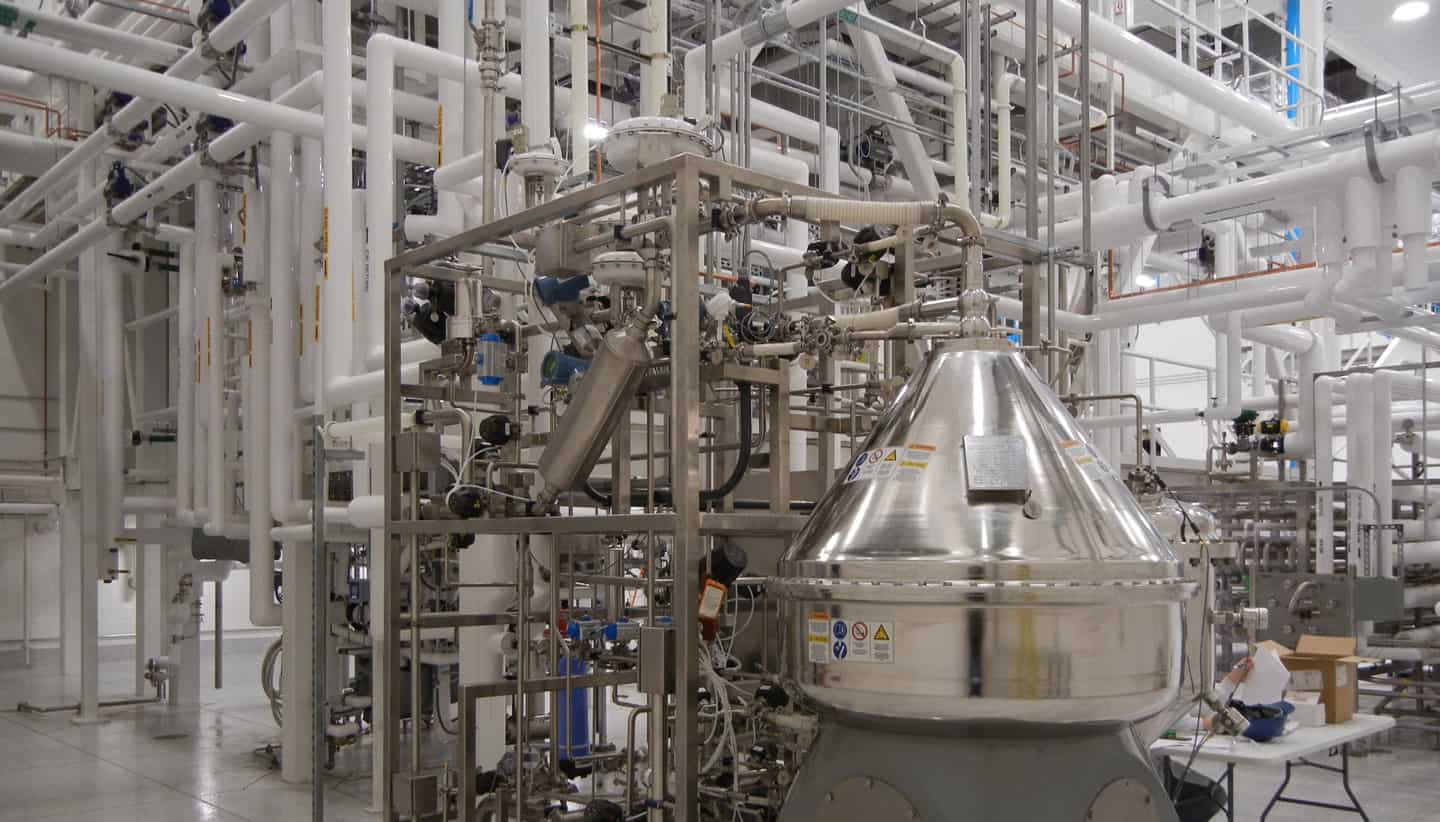Biotechnology facilities play a pivotal role in the advancement of scientific research, drug development, and the production of life-saving therapies. The integrity and functionality of these facilities are paramount, and maintenance practices are essential to ensure that they operate efficiently, safely, and in compliance with industry regulations. In this article, we will explore the importance of maintaining biotech facilities and discuss best practices for achieving and maintaining excellence.
The Significance of Facility Maintenance in Biotech
- Regulatory Compliance: Biotech facilities are subject to stringent regulations imposed by government agencies such as the Food and Drug Administration (FDA) and the European Medicines Agency (EMA). Compliance is mandatory to ensure the quality and safety of products developed or manufactured in these facilities.
- Safety: Maintaining a safe working environment is of utmost importance. Biotech facilities often handle hazardous materials, making safety measures a critical consideration. Regular maintenance helps identify and mitigate potential safety hazards.
- Equipment Reliability: Biotechnology processes heavily rely on specialized equipment and instrumentation. Regular maintenance ensures that these assets remain reliable, preventing unexpected downtime and costly delays.
- Product Quality: Biotech products, including pharmaceuticals and medical devices, must meet the highest quality standards. Facility maintenance directly impacts product quality by ensuring that production processes run smoothly and consistently.
Best Practices in Biotech Facility Maintenance
- Preventive Maintenance:
Implementing a robust preventive maintenance program is crucial. This involves scheduling routine inspections, servicing, and calibration of equipment and systems to prevent issues before they occur. Regularly updating maintenance checklists and procedures is essential.
- Skilled Workforce:
Employing a skilled and well-trained maintenance team is imperative. Technicians and engineers with expertise in biotech equipment and processes can quickly identify and address maintenance issues, minimizing disruptions.
- Compliance Management:
Establish a comprehensive system for tracking and managing regulatory compliance. Keep records of maintenance activities, equipment validation, and documentation to demonstrate adherence to industry standards.
- Validation and Qualification:
Regularly validate and qualify critical equipment and processes to ensure they meet regulatory requirements. This involves performing risk assessments, commissioning, and validation protocols to confirm system integrity.
- Environmental Monitoring:
Maintain environmental monitoring systems to ensure control over factors like temperature, humidity, and airborne particles. Accurate data collection and trend analysis are essential to assess the quality of cleanrooms and controlled environments.
- Contingency Planning:
Develop robust contingency plans for unexpected equipment failures or facility disruptions. This includes having spare parts on hand, maintaining relationships with equipment suppliers, and having backup systems in place.
- Documentation and Data Management:
Effective documentation is critical. Keep meticulous records of maintenance activities, equipment service history, and regulatory compliance documentation. Digital systems can help manage this data efficiently.
- Energy Efficiency:
Optimize energy use within the facility by implementing energy-efficient technologies and practices. Reducing energy consumption not only lowers operational costs but also contributes to sustainability goals.
- Vendor Partnerships:
Establish relationships with reputable equipment and service providers. Regular communication and collaboration with vendors can lead to faster response times and expert support when maintenance issues arise.
- Continuous Improvement:
Adopt a culture of continuous improvement. Regularly assess and update maintenance procedures, take advantage of technological advancements, and encourage feedback from facility staff to identify areas for enhancement.
Conclusion
Maintaining biotech facilities is essential to ensure that these critical centers of scientific and medical innovation operate efficiently, safely, and in compliance with regulations. Biotech facilities house the development of groundbreaking therapies and technologies, making the reliability and quality of their operations paramount. By implementing the best practices outlined in this article, biotech organizations can maintain their facilities to the highest standards, contribute to scientific progress, and produce life-changing products that benefit society.




